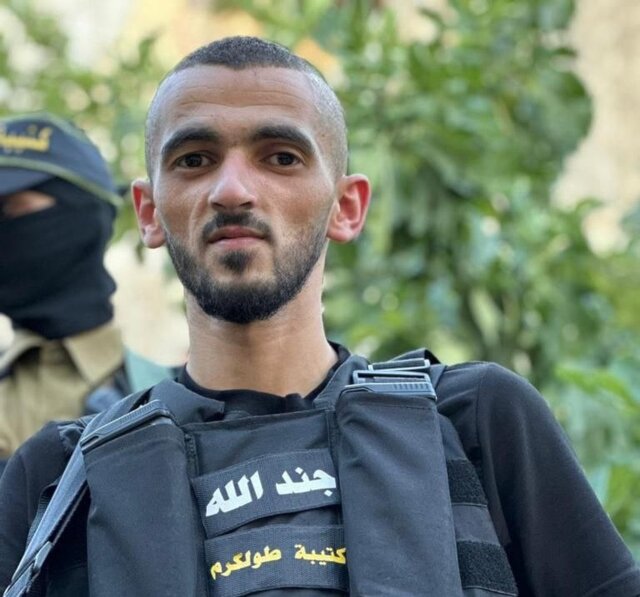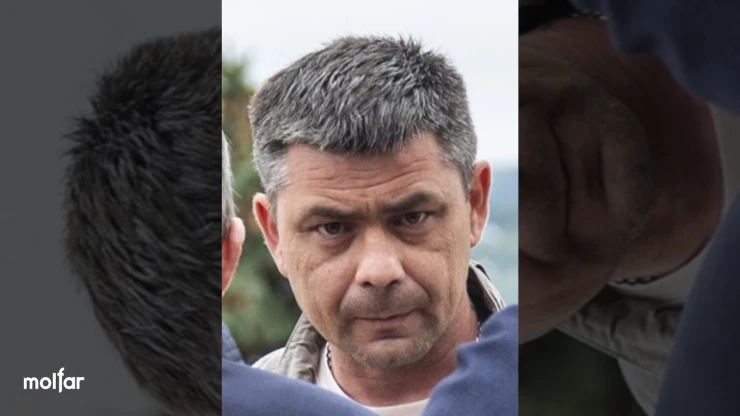Back to the Herat Frontlines: The Return of Ismael Khan
Back to the Herat Frontlines: The Return of Ismael Khan
On July 9, as the Taliban made rapid gains in the western Afghan province of Herat, Ismael Khan vowed to raise a civilian militia and push back the insurgent organization. In the 24 hours before Khan’s remarks, the Taliban had captured eight districts in Herat province, including the Islam Qala border crossing with Iran. In remarks to the media, Khan stated, “We will reorganize the war fronts. We will save the city of Herat from those who have the order to plunder the city. We will not let them [follow] their dreams [of] plundering Herat into reality.” Khan has reportedly gathered hundreds of his loyalists into “uprising” forces to stem the dramatic advance by the Taliban insurgency, and is directing their movements from near the frontlines (The News, July 10).
Khan is a veteran warlord who has for decades been a prominent figure in Afghan politics and is deeply influential in Herat. As the Afghanistan’s security continues to break down, Khan will play a prominent role in resisting the Taliban in this strategic province.
Khan is an ethnic Tajik who was born in 1946 in the Shindand district of Herat province. By 1979, he was a captain in the 17th Division of the Afghan National Army (The Wire, April 15). This division was charged with breaking up a rebellion in Herat in March 1979, which was fighting against the then-Communist government, the Democratic Republic of Afghanistan. Instead, the division mutinied and assisted the local insurgents in taking the city. Government forces overtook the city in only a few days, resulting in Ismael Khan and other rebel leaders fleeing to the countryside to further organize the burgeoning insurgency (Afghan Bios, October 18, 2018). The Herat uprising was a key event in the lead up to the wider civil war and Soviet invasion of the country.
Khan was and is a member of the Jamiat-e-Islami party, an influential political organization today and a major mujahideen group during the Soviet-Afghan war. It is a predominantly Tajik organization based in the west and north of Afghanistan. During the course of the conflict, Khan rose up in the party to become the leader of its western command, largely overseeing the organization’s operations in Herat province (Afghan Bios, October 18, 2018).
In 1992, Khan’s forces captured Herat city as the government of the Democratic Republic of Afghanistan fell apart, when he became governor of the province. He was ousted from the city by the Taliban in 1995, however, and fled into Iran, where he regrouped. He continued fighting Taliban forces until he was captured in 1997. He escaped prison in 2000 and fought with the support of U.S. and NATO forces during the invasion that followed the 9/11 attacks. Khan took over Herat in November 2001, and immediately went to work establishing his control of the province. Calling himself the “Emir of Herat” he placed family and members of his militia into governing positions, and used the revenues from the border crossings with Iran and Turkmenistan to fund public works and government employees. He reportedly also enriched himself substantially during his time as governor, increasing tensions with the Kabul government, which claimed ownership of the border crossing revenue that he controlled. [1]
Accused of running the province like his private fiefdom, Khan was forced out of his position in 2004 by rival militia leaders. He accepted a cabinet position in the administration of Afghan President Hamid Karzai, becoming the Minister of Water and Energy in 2005. Khan operated in this position for nearly ten years, exiting in 2013 in the final months of the Karzai administration (TOLO News, December 2, 2012). The following administration of President Ashraf Ghani curtailed the influence of warlords. Leaders of the anti-Soviet mujahideen forces such as Abdul Rashid Dostum and Atta Mohammad Noor were forced out of positions of authority (Commentaries, October 2, 2018; Militant Leadership Monitor, July 6).
During his time in the political wilderness and without an official position in the government, and from his powerful home base of Herat, Khan openly criticized Ghani for not including the leaders of the mujahideen resistance in his government. In interviews, he expressed disappointment at not being allowed to continue in his position of Minister of Water and Energy under Ghani. Khan continues to be a prominent critic of the Ghani administration today, often meeting with both local and foreign media outlets to criticize government policies (Bangkok Post, June 19, 2015; Khaama Press, February 9, 2015). He was also a frequent critic of the Ghani government’s approach to the peace negotiation and has stated that the deal the United States completed with the Taliban in February 2019 gave too much up to the insurgent group (TOLO News, May 13, 2020; The Wire, April 15).
Today, the 75-year-old Khan has reemerged to once again fight the Taliban. The uprising he now leads in the western province are fighting the Taliban. The nation’s third-largest, Herat has largely become surrounded by Taliban forces, as the insurgency has seized several of the surrounding districts (NDTV, July 30). However, the situation is reportedly more stable in Herat than it is in Lashkar Gah, the capital of Helmand province that is experiencing a significant Taliban offensive. Afghan National Security Forces (ANSF) and Khan’s militia fighters have seemingly kept the Taliban out of the city over the past two weeks. Intensive fighting continues south of Herat for control of the highway that connects the city to its airport (TOLO News, July 30).
The recent battlefield success of the Taliban has pulled many of Afghanistan’s old warlords back onto the frontlines, including Ismael Khan, who began fighting in the 1980s. These militia leaders do not control the large amounts of forces that they did during the Soviet-Afghan war of the 1980s, but they maintain a grip on large private fortunes and political networks from which they can recruit fighters.
Notes
[1] HRW report, 2002: https://www.hrw.org/reports/2002/afghan3/herat1002-03.htm

